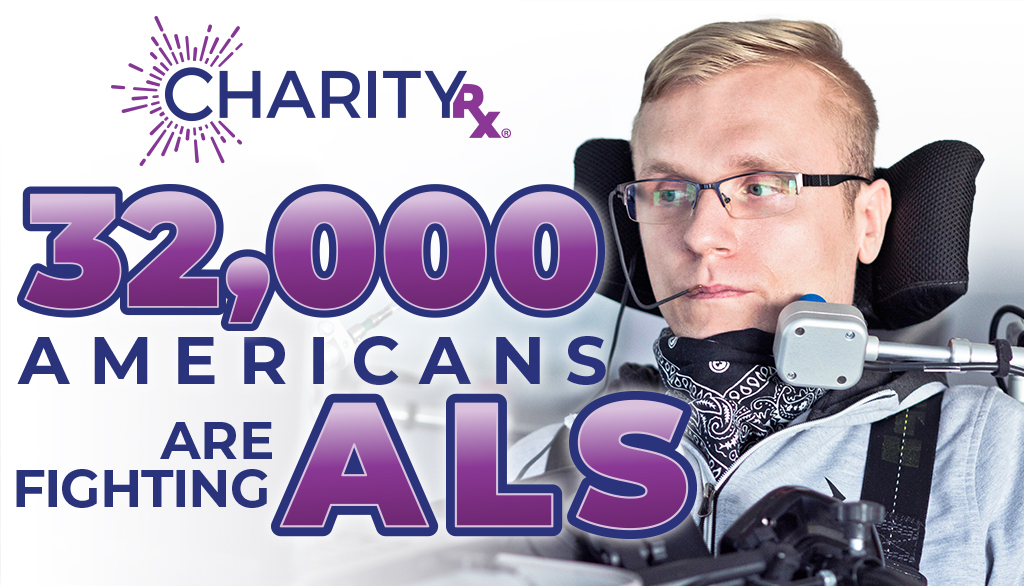
At CharityRx, we are committed to raising awareness and donating to make a difference for people fighting ALS. In recognition of National ALS Awareness Month, all donations made in May will go to the ALS Association through our Charity of the Month, the End ALS Fund.
You might remember videos scattered across your social media feeds showing people, some local and some famous, standing or sitting outside smiling nervously and waiting for the ice-cold shock that was about to hit them. Millions of people around the world took the #ALSIceBucketChallenge to spread awareness and raise money for ALS research in the summer of 2014. The challenge raised an estimated $135+ million worldwide, with donations going to organizations like the ALS Therapy Development Institute, ALS Association, and more.
The millions in donations raised through the challenge spurred a massive increase in the ALS Association’s capacity to invest in promising research, the development of assistive technologies, and increased access to care and services for people with ALS. Since 2014, they have committed more than $131 million toward their mission, including over $118 million committed specifically to worldwide research collaborations. [3]
“We thank the millions of people who donated, participated, and enabled us to invest in promising therapies… that will immediately help people living with ALS.”
Calaneet Balas, president and CEO of The ALS Association
According to the CDC, amyotrophic lateral sclerosis (ALS) is a progressive and fatal disease that attacks neurons that control voluntary movement, causing these neurons to die over time. The result is the gradual loss of muscle movement, speech, swallowing, and eventually, breathing.
Discovered in 1869 by French neurologist Jean-Martin Charcot, ALS became more widely known internationally on June 2, 1941, when it ended the career of one of baseball’s most beloved players, Lou Gehrig. For many years, ALS was commonly known as Lou Gehrig’s disease.
ALS is a motor neuron disease, meaning it only affects voluntary muscles of the body. Sensory neurons that control one’s senses are usually unaffected. Therefore, most people with ALS maintain vision, hearing, touch, smell, and taste. ALS is a non-transmittable disease and cannot be passed through direct contact with blood, body fluids, or the air.
The exact causes of ALS remain unknown. In 5% to 10% of cases, ALS has a hereditary form, meaning it runs in families. The remaining 90% to 95% of cases have no clearly defined cause. The National ALS Registry and the National ALS Biorepository are currently investigating the potential causes and risk factors of the disease.
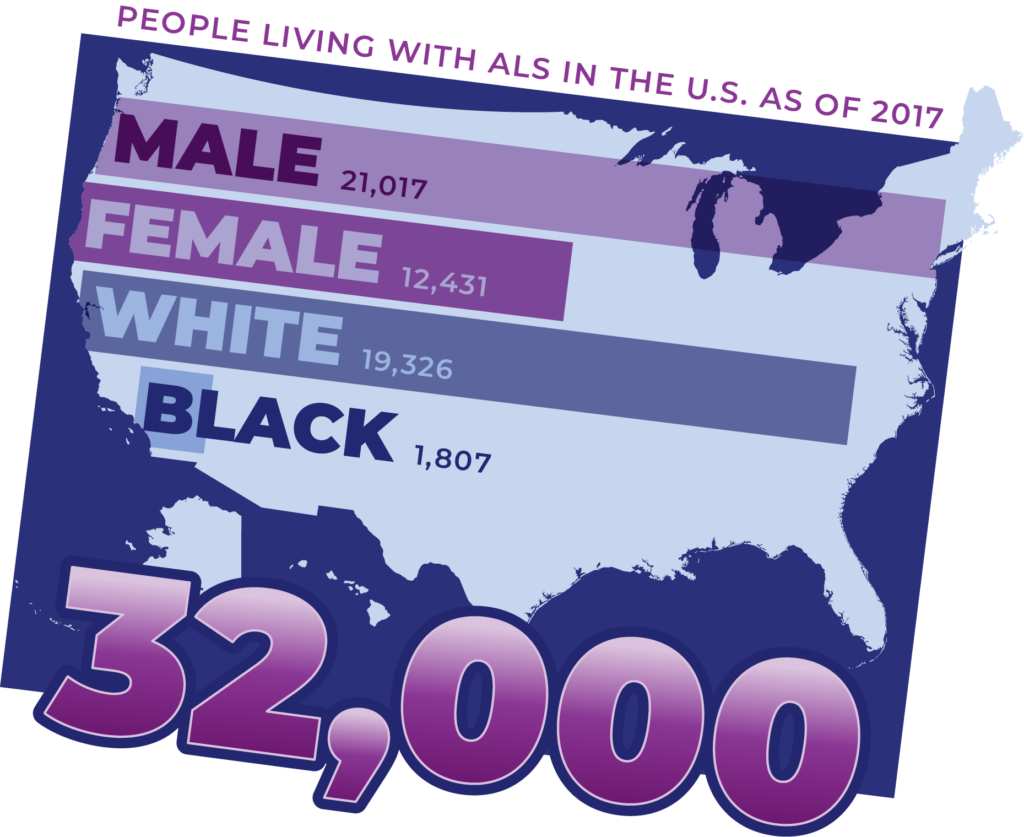
There are between 24,000 and 31,000 people living with ALS in the United States as of 2017. ALS is most common in whites, males, and people over the age of 60. There is a 50% greater risk of ALS in men who serve in the military than those who have not served. We are not exactly sure why veterans are at risk, though the increased risk may be due to environmental factors or head trauma.
People with ALS usually have a shortened lifespan and, unfortunately, may die within a few years of diagnosis. The average expected lifespan after diagnosis is two to five years, with some patients living longer. There is no known cure, but some drugs may extend life by two to three months. Ventilation devices and feeding tubes may also improve the quality and length of life. [2]
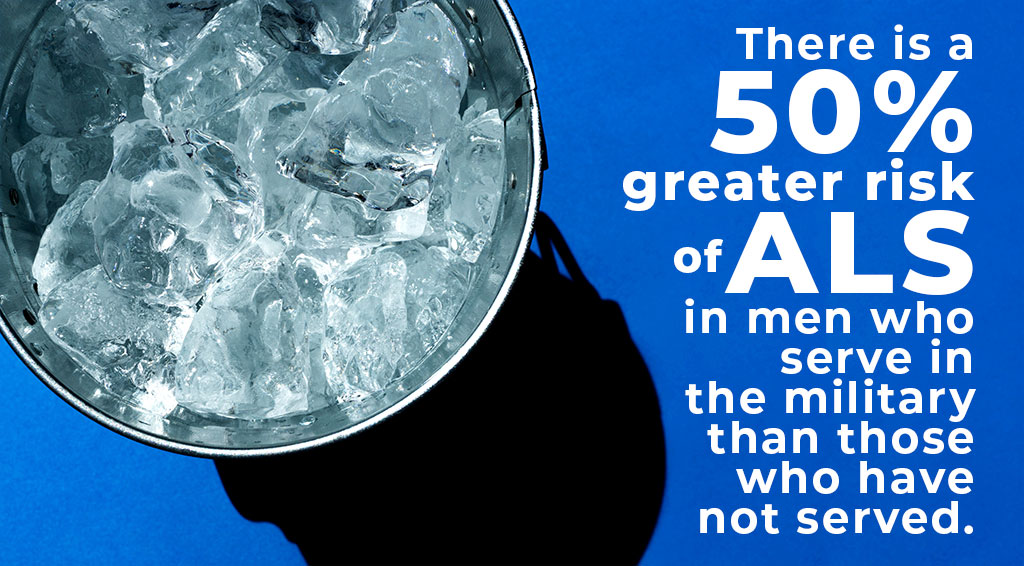
In October 2022, the ALS Association said that $2.2 million of funds raised from the Ice Bucket Challenge went into funding the development and trial of the new drug that the Food and Drug Administration approved for the treatment of ALS.
“We thank the millions of people who donated, participated, and enabled us to invest in promising therapies like AMX0035 that will immediately help people living with ALS,” said Calaneet Balas, president, and CEO of the ALS Association. “This is a victory for the entire ALS community, which came together to advocate for early approval” of the treatment.
The new drug does not cure the fatal neurodegenerative disease, but it does slow down the effects. Balas said funding from the challenge has “dramatically accelerated the fight against ALS.”
The drug approved last year by the FDA is not the only one benefiting from the challenge. The ALS Association said it is funding 130 research projects in 12 different countries, as well as 40 potential treatments that are in development. [4]

Join the fight with us in May and use your CharityRx prescription drug discount card at your pharmacy to donate to the End ALS Fund. CharityRx reps nationwide will be making goals for donations in their areas, and if they reach their goals, CharityRx Leadership will do the ice bucket challenge and post their videos online. If CharityRx meets its goals nationwide, our CEO, Eric Beaumont, will do the ice bucket challenge!
Whether you’re volunteering, fundraising, donating, or becoming an advocate, there are many ways to get involved in the broader fight against ALS.
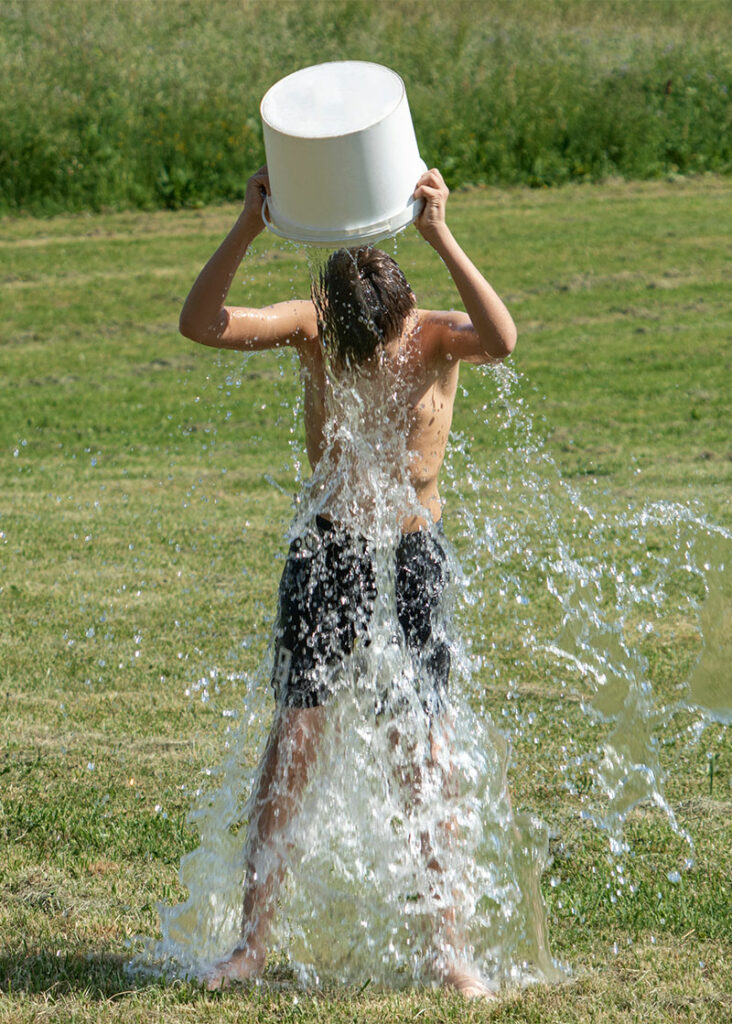
Often, families impacted by ALS who desperately need help are uncomfortable accepting it and end up turning it away.
To help spread awareness of these issues and initiate the conversation about the many ways you can help caregivers and families impacted by ALS, the ALS Association has put together these top ten tips to think about.
ALS is a journey; find ways to be present all along the way.
A simple card, email, phone call, or visit can mean a lot.
Living with ALS can be overwhelming, making daily tasks challenging.
Bring a meal, walk the dog, mow the lawn, or take out the trash.
ALS can feel very isolating for everyone involved, especially the person who is diagnosed.
Encourage them to keep participating in daily life, continue with hobbies, and engage with friends and family.
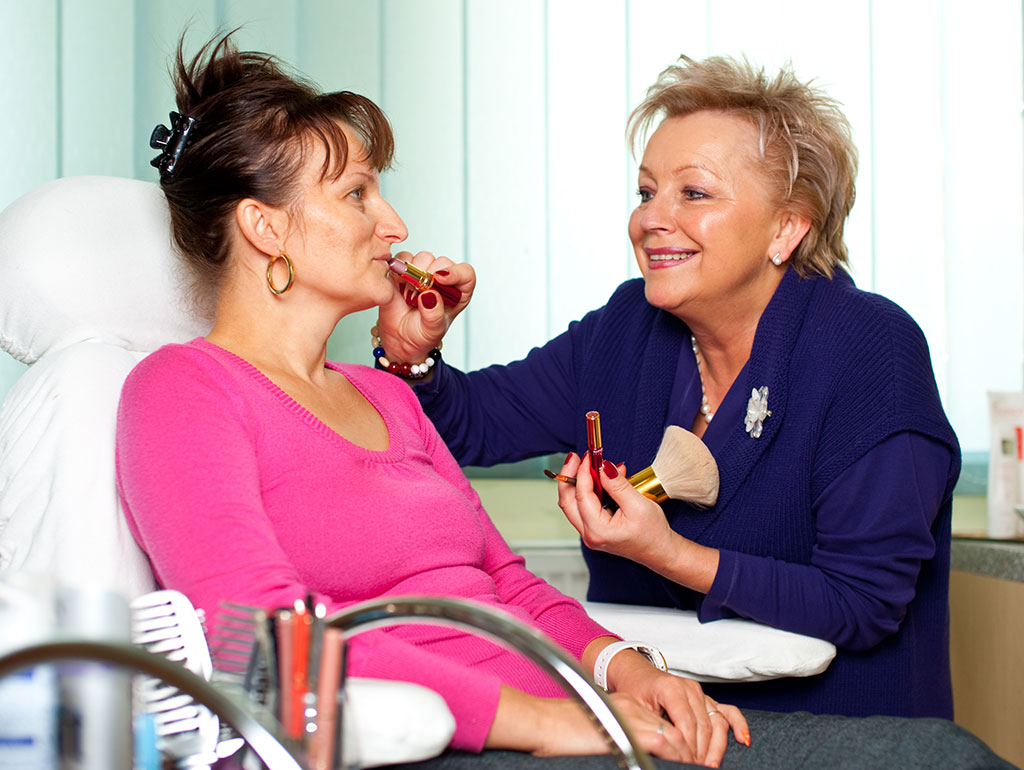
Life is busy, be honest about what you can and can’t do to help.
Run an errand, drop off a meal, or help drive kids around to activities.
Do what you can to understand the disease and what to expect.
Read up on the details, attend a support group, or meet with your local ALS Chapter.
The ALS journey is different for everyone.
Let them know you are there and will continue throughout their journey, then do it.
ALS can create stress for the entire family.
Be sure to offer your support and friendship and be present when you’re needed most.
Providing the best quality of life for people living with ALS and their families can take a village.
Recruit friends and family members, assign specific tasks and schedules, and set up a Care Connection group.
Remember, ALS impacts EVERYONE in the family, regardless of age.
Spread the love. Offer to take the kids to activities and help out with elderly relatives.
Visit https://www.als.org/get-involved to see more ways you can support the fight against ALS without getting wet.
Click here to find an ALS walk in your area. [3]
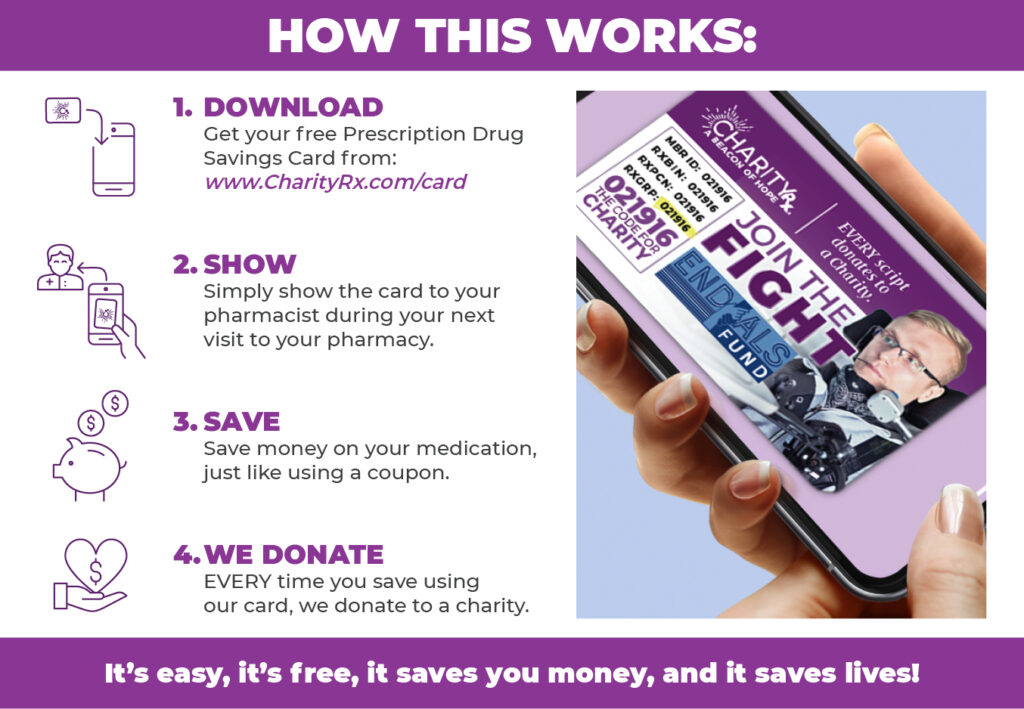

Resources: